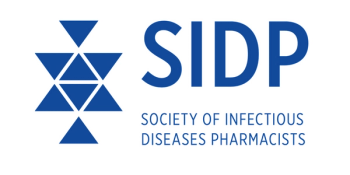
Most COVID-19 Cases Imported to Brazil Came from Italy, Study Finds
China may have been the early epicenter of COVID-19, but a new study finds Brazil’s outbreak is largely tied to travel from Italy.
More than half of Brazil’s imported cases of coronavirus disease 2019 (COVID-19) came from Italy, according to a new study.
The analysis is based on air traffic data between February and March, encompassing inbound traffic to Brazil from 29 countries where the novel coronavirus was known to be present.
The study, published in the
The findings highlight the degree to which Europe has become an important transmission route for the disease.
Co-author Ester C. Sabino, PhD, of the University of Sao Paolo Medical School, said Brazil’s experience with COVID-19 started with a large number of cases.
"In contrast with China and other countries, where the outbreak began slowly with a small number of cases, it was started in Brazil by more than 300 people, most of whom came from Italy,” Sabino said, in a
As of April 9th, Brazil had reported more than 14,000 cases of COVID-19.
Sabino and colleagues completed their analysis by estimating the proportion of infected
Most of the cases of Italian origin came through the city of Sao Paolo. In fact, one-quarter of all cases of people with COVID-19 traveling to Brazil were estimated to be travelers from Italy to Sao Paolo.
“It was very clear that Sao Paulo would be the epicenter of the epidemic in Brazil because it was the final destination for the largest number of infected people coming mainly from Italy,” Sabino said.
Though most of Brazil’s imported cases appear to have come from Italy, the story of the virus in Brazil has now become one of domestic transmission. Sabino argues that travel from Sao Paolo and Rio de Janeiro, another hard-hit city, ought to be severely restricted.
In correlation with their analysis of imported cases, Sabino and colleagues have been working to sequence SARS-CoV-2. However, that work has been made much more difficult by the rapid transmission of the disease in Brazil.
At one point, Sabino and her team had to pause their research out of concern that team members might have contracted the virus.
Their work has now restarted, but Sabino said sequencing won’t be able to solve the problem like investigators once hoped.
“It won't be possible to control the epidemic with sequencing alone. It's
Still, the sequencing work could help drug developers more quickly develop a therapy for the illness. She said that worldwide, nearly 800 genomes of SARS-CoV-2 have been sequenced.
"When a candidate drug is found, a database of viral genome sequences will certainly be useful for this purpose," she said.
Newsletter
Stay ahead of emerging infectious disease threats with expert insights and breaking research. Subscribe now to get updates delivered straight to your inbox.






























































































































































































































































































